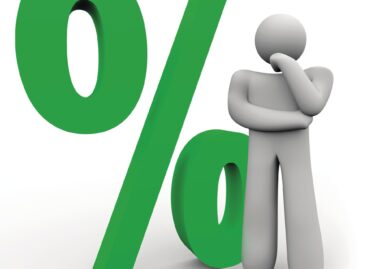EY: Hungarians live in emergency mode
In January, EY conducted representative research in 27 countries to assess how consumer habits have changed due to inflation. They pointed out that the current consumer mood is very similar to what was experienced during the outbreak of Covid.
Consumers are characterized by uncertainty and fear of the future: they fear a rise in basic products necessary for life, utility bills, basic household goods, food prices, and fuel prices. But they are also worried about the rising costs of maintaining health. The proportion of those who consider their condition to be worse compared to previous periods has increased. The majority of respondents are worried about their financial situation.
Different social classes all see the current conditions differently. The higher income category evaluates the future more positively than the lower one. At the same time, regardless of income category, people plan to spend more on fresh food and household cleaning products. Less on luxury products, beauty care, alcohol and tobacco products.
Related news
The future of AI agents: key predictions and trends for 2026
🎧 Hallgasd a cikket: Lejátszás Szünet Folytatás Leállítás Nyelv: Auto…
Read more >Artificial intelligence will also transform taxation
🎧 Hallgasd a cikket: Lejátszás Szünet Folytatás Leállítás Nyelv: Auto…
Read more >Related news
Egg prices up nearly one-third
🎧 Hallgasd a cikket: Lejátszás Szünet Folytatás Leállítás Nyelv: Auto…
Read more >Layers of problems
🎧 Hallgasd a cikket: Lejátszás Szünet Folytatás Leállítás Nyelv: Auto…
Read more >Too many gifts, too much food: our holiday excesses are putting a serious strain on the environment
🎧 Hallgasd a cikket: Lejátszás Szünet Folytatás Leállítás Nyelv: Auto…
Read more >






